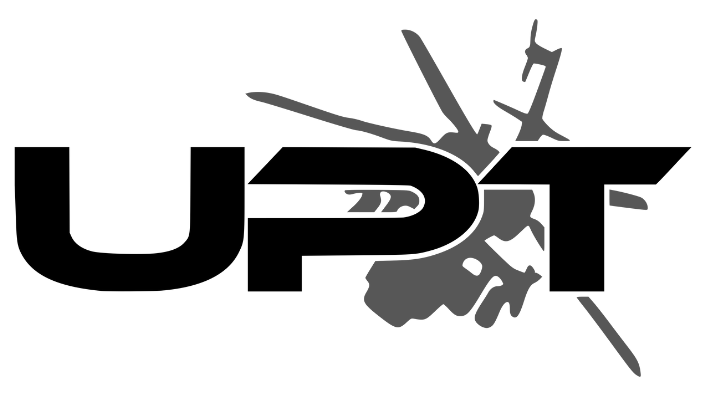


M197 Gatling gun bolt after 168-hour salt fog exposure with and without ANC cavitation and corrosion of AM stainless steel coupons with 3-hour and 6-hour ultrasonic cavitation.
Problem
Corrosion and wear are the prevalent cost drivers for many Naval Air Systems Command (NAVAIR) and Naval Sea System Command (NAVSEA) components and systems. The U.S. Navy spends roughly $10 billion annually related to corrosion issues and defects. This expenditure is even higher when combined with the cost of parts replaced due to premature wear and the negative system performance effects of wear and corrosion. Coatings and surface finishes used in DoD weapons systems were developed several decades ago and have continued to be used without significant improvements. Advanced nanocomposite coatings (ANCs) are a commercially available, environmentally friendly, fundamentally different in design and application alternative. ANCs need to be tested as an alternative to current coatings and finishes used on U.S. Navy assets.
Objective
The objective of this project is to utilize a team of surface technology experts with experience in identifying, developing, and implementing functional coating solutions across defense and industry to:
- Address current system performance challenges with legacy coating and surface finish solutions
- Determine applications in which ANCs could replace legacy technology
- Identify, develop, and test novel ANCs and deposition methods tailored to the requirements of U.S. Navy systems
- Increase operational performance and system readiness of targeted Navy assets
Technical Approach
United Protective Technologies (UPT) will take a novel approach to reduce corrosion and wear with a new class of thin dense ANC that meet the Office of Naval Research (ONR) objectives on wear, corrosion, optical emissivity, thermal conductance, hydrophobicity, etc. UPT will leverage previous applicable Small Business Innovation Research (SBIR) programs through the Navy and Air Force that focused on coatings and work with NAVAIR, NAVSEA, and depot maintainers to identify components that are subject to corrosion and wear issues and meet basic geometric and substrate material constraints for ANC application. Once candidate material and components are identified, developmental coatings will be applied to representative substrates. These coated substrates will then be subjected to different kinds of material property testing including wear and corrosion to MILSPEC requirements. Failure data will be collected through Navy databases or corrosion data collected by additional testing. Eventually, actual physical parts will be coated with the appropriate ANC and tested in a similar fashion. Some of the identified traditionally manufactured parts will also be manufactured using additive manufacturing (AM). Testing and analysis will be conducted on both AM and traditionally manufactured parts to provide a comparison of the effects of the coatings on each. All data sets and coated parts will be returned to the Navy customer for further evaluation.
Project Participants
Project Principal

Public Participants
- U.S. Department of Defense
